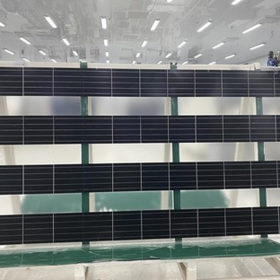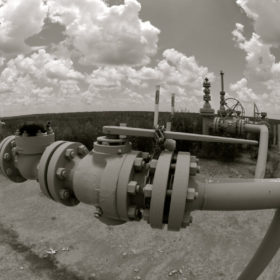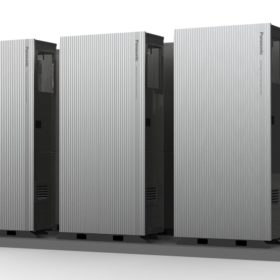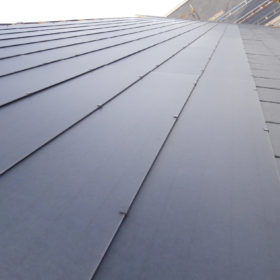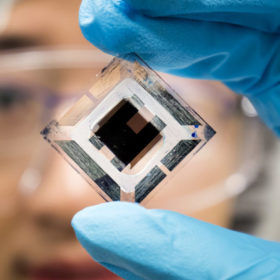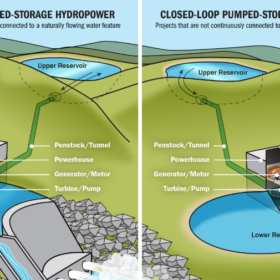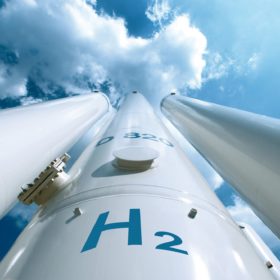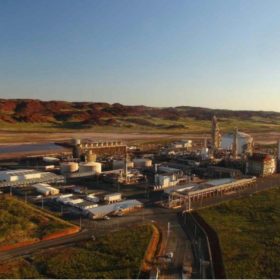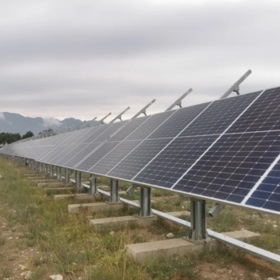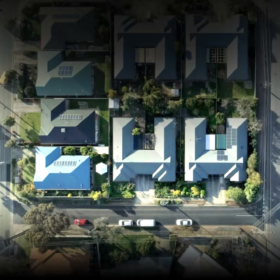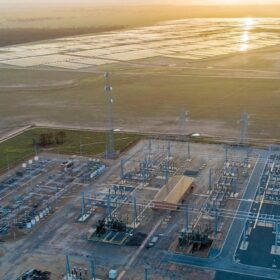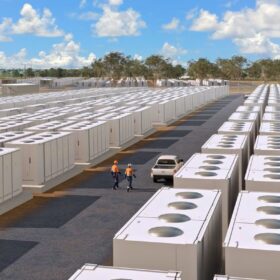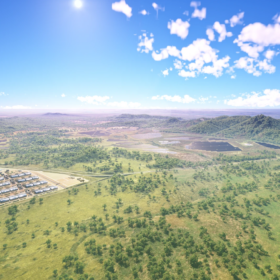Vietnamese manufacturer unveils PV module for agrivoltaics
Vietnamese manufacturer Irex has announced a new glass-glass solar panel with a power output of 265 W and a power conversion efficiency of 18.1%.
Blue hydrogen and blended pipelines: the prospects of a like-for-like transition
On Monday, an Australian–Japanese consortium announced plans to potentially develop a $1 billion plus ‘low emissions’ hydrogen project in Western Australia. The announcement was preceded by a year of gas companies loudly declaring schemes to blend hydrogen into their pipelines. Clearly, many powerful Australian are putting their money on a like-for-like transition. pv magazine Australia spoke to hydrogen experts Andrew Horvath and Scott Hamilton about how they see the hydrogen wave evolving, and why a clean swap is unlikely.
Panasonic launches 5 kW fuel cell system for commercial applications
The system has dimensions of 834×417×1,766 mm and weighs 205 kg including the design panel. It achieves an electrical efficiency of 56% and can be connected with a hot water storage unit.
Solar tile with 14.2% efficiency from Denmark
Dansk Solenergi ApS has developed a 13.6 kg tile that can be used for both new buildings and building renovation. The device is currently being produced in Denmark, where the company operates a 40 MW line.
Households could save $5,443 a year and a third of national emissions by electrifying, report says
Converting all home appliances and cars to run on electricity could save Australian households $40 billion a year by 2028, according to a new report from thinktank Rewiring Australia, the work of Australian-American entrepreneur Saul Griffith.
New discovery could make organic PV competitive with crystalline silicon
A group of international researchers has observed how non-radiative charge recombination occurs in organic PV and claims to have identified a potential solution that could bring this solar tech closer to crystalline silicon in terms of power conversion efficiency.
Aussie scientists champion closed-loop pumped hydro
Closed-loop pumped-hydro storage offers more chances to minimise environmental effects on water sources and overcomes the problem of finding suitable sites. According to an Australian research team, closed-loop systems could prevail on open-loop systems in the future and this trend is confirmed by another group of scientists from the United States.
How one chemical engineer is channeling Australia’s plentiful PV into hydrogen-derivative renewable fuels
Rose Amal arrived in Australia from Indonesia 38 years ago to study at UNSW. Now her leadership and research are contributing to a new sustainable economy for Australia and clean fuels for energy-hungry industries.
Feeling the industrial heat: carving a path to green thermal
Beyond curtailment of abundant solar and wind output lies a giant sponge of industrial need. Engie Impact is determined to connect the dots.
Comparing new solar module formats
JA Solar published data comparing its own modules, based on the 182mm wafer format, with others utilising the larger 210mm size over a six month period in field testing. The data show that the smaller of the two formats reached an average daily energy yield almost 2% higher. According to JA Solar’s analysis, the higher currents produced by the 210mm modules led to higher resistance, and more energy lost as heat.
